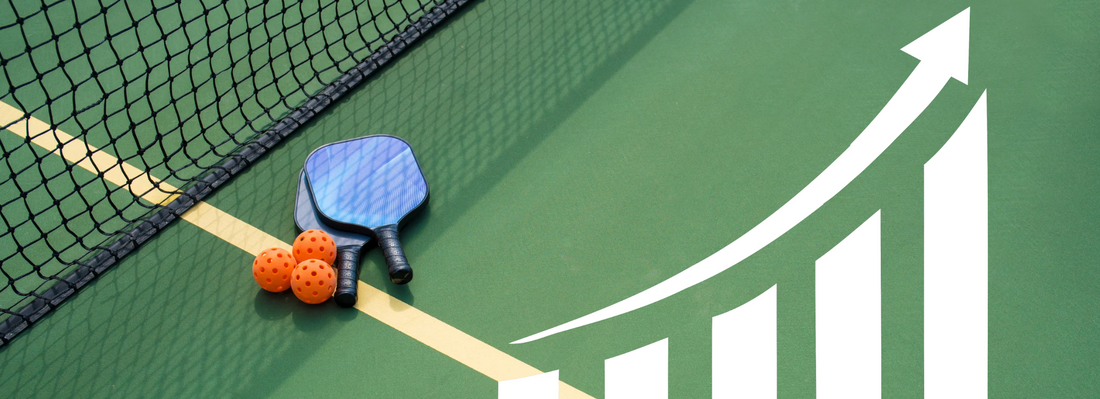
The Economics of Paddle Design: Why Some Models Cost Ten Times More
Share
Pickleball paddles may look similar at first glance—rectangular faces, cushioned grips, lightweight builds. Yet prices can vary dramatically. Some paddles sell for under fifty dollars, while others climb into the hundreds. The gulf in cost sparks curiosity. What exactly makes one paddle worth ten times more than another? The answer lies in a complex intersection of material science, manufacturing, research, and branding.
Material Matters
The foundation of paddle economics begins with raw materials.
- Wood: The most affordable option, wooden paddles are heavy and lack responsiveness. They suit beginners but rarely serious competitors.
- Composite Blends: Fiberglass and polymer cores provide a balance of power and control at moderate price points.
- Carbon Fiber and Graphite: High-end paddles feature aerospace-grade materials. These fibers are costly to source but deliver unmatched strength-to-weight ratios, translating into superior performance.
Every upgrade in material adds both cost and value, creating a clear hierarchy in pricing.
The Core of Performance
Inside the paddle lies its secret engine: the core.
- Nomex Honeycomb: Durable and loud, it offers crisp pop at lower costs.
- Polymer Honeycomb: Quieter and more forgiving, it appeals to players seeking finesse.
- Proprietary Cores: Premium brands invest in research to develop unique core technologies. These innovations promise better energy transfer, vibration dampening, and consistency—attributes that drive higher prices.
The unseen architecture of the paddle often justifies the largest jumps in cost.
Research and Development
Developing high-performance paddles requires extensive testing. Manufacturers analyze swing mechanics, ball speed, and spin potential using advanced equipment. They collaborate with professional players to fine-tune prototypes. This investment in research is baked into the final price tag.
Cheaper paddles are mass-produced with minimal refinement. Premium models, by contrast, reflect months of iteration and precision adjustments designed to meet competitive demands.
Craftsmanship and Manufacturing
Economics also hinge on how paddles are built. Entry-level paddles are often produced in bulk with automated processes. High-end paddles involve hand-finishing, quality control inspections, and detailed craftsmanship.
The difference is not just aesthetic. Precision in bonding layers, curing composite materials, and shaping paddle edges impacts durability and performance. Small improvements in quality assurance can significantly raise costs while ensuring that elite paddles last longer under intense play.
Branding and Sponsorships
Price is not dictated solely by function. Branding plays a powerful role. Established companies with reputations for excellence command higher prices. Partnerships with professional athletes elevate status and create demand for signature models.
These marketing efforts require significant financial investment, which is ultimately passed on to consumers. Players often pay not only for technology but for association with a trusted brand or admired athlete.
Psychological Value
The economics of paddle design are not purely material. Perception shapes price as well. A player may believe a premium paddle enhances their confidence, making them feel sharper and more competitive. This psychological edge is intangible but highly influential in consumer choice.
Are Expensive Paddles Worth It?
The answer depends on goals. Recreational players may find affordable paddles sufficient. Those seeking consistency, spin, or competitive advantage often justify the leap to premium models. The incremental improvements in feel, control, and durability may mean the difference between an average rally and a winning shot.
Conclusion
The wide gulf in paddle pricing reflects more than marketing hype. It represents layers of science, engineering, craftsmanship, and psychology woven into design. From inexpensive wood to carbon fiber marvels, each tier serves a purpose. Some paddles keep the sport accessible, while others push the boundaries of performance. Together, they create an ecosystem that allows every player—from casual enthusiast to professional athlete—to find a tool that suits both their game and their wallet.












